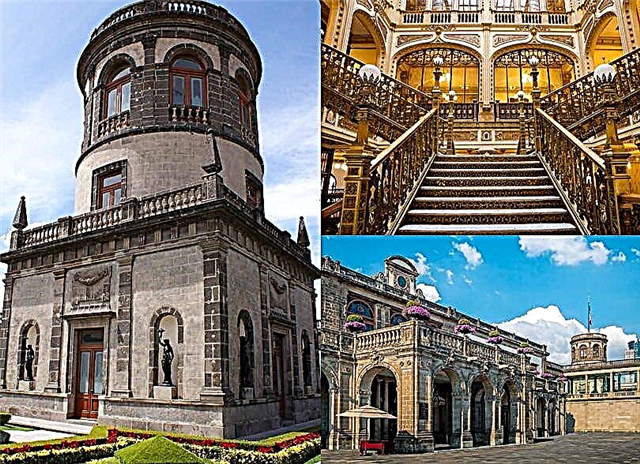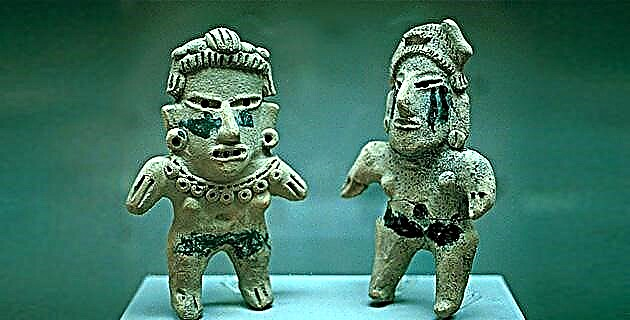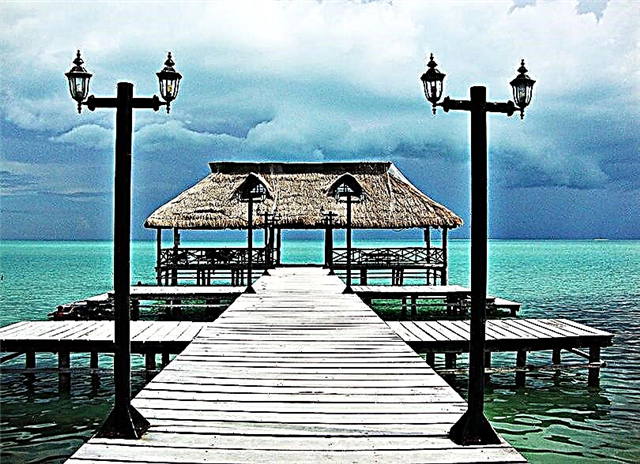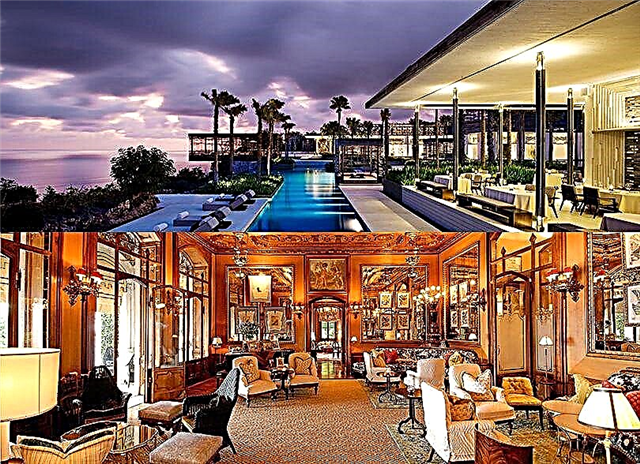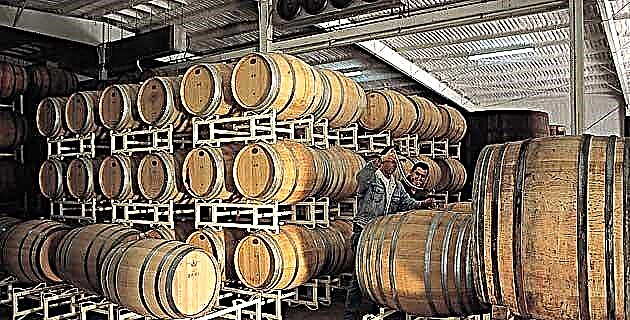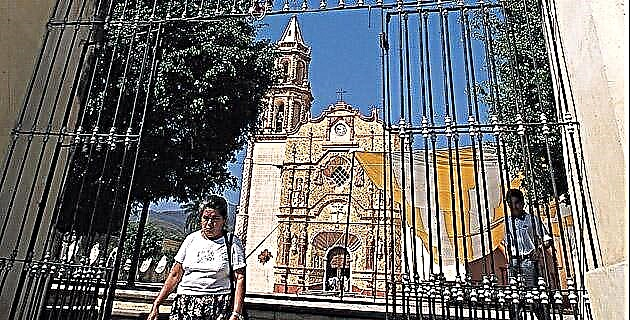
Once in Jalpan, the passer-by is at the beginning of a whole baroque show, in front of the first of those exceptional facades that the hidden missionary heroes projected and executed, together with their beloved and unconditional pames and jonaces.
As in all baroque, creativity is turned into a display of shapes and symbols, which the missionaries use for indoctrination. The titular patron of this temple, Santiago Apóstol, patron saint of Spain, who, according to Hispanic piety, came to Compostela as a pilgrim, appears here with his typical gourd, crook, and the shells with which he drank water on the roads.
On the lower bases, curious double-headed eagles can be seen on each side, reminiscent of the classic Habsburg ones, but which also carry a snake between their beaks, clearly reminiscent of the Aztec myth. This reference to duality is repeated again in the second body, in the niches where two precious sculptures of the Virgin stand: one, in her invocation of the very Spanish "Pilarica", and another in that of the Guadalupana, Queen of Mexico.
In the inlaid shell entrance, there are San Pedro and San Pablo, on the pillars Santo Domingo de Guzmán, on the left, and San Francisco de Asís, on the right. In the center, on the access shell, there is the Franciscan shield of the five wounds, and above it, the other shield of the children of the saint of Assisi: two crossed arms: that of Christ and that of Saint Francis himself.
The skylight or porthole that gives way to the light into the choir, is surrounded by stone curtains that angels draw. Crowning the central part, where today a clock can be seen. The tower, slender, is of two bodies, adorned with Solomonic columns; It is finished off by a wrought iron cross. In the interstices, foliage, garlands, flowers, rockeries and arabesques.
The interior has a single nave and is devoid of the altarpieces, undoubtedly beautiful, which must have covered its walls and the main altar. The church rises within a large atrium, so suitable for missionary activities. The portería attached to the convent has two semicircular arches and gives access to the small cloister - so well cared for today - with a central fountain, on whose edge Fray Junípero would often sit in a brief rest from his forays.
Serra himself, and the friars Palou, Samaniego and Molina, focused their efforts on this mission. Admiring such beauty takes time and tires without feeling. Currently, the nice little town of Jalpan, which is worth visiting, has a small colonial-style hotel and reasonable prices.


